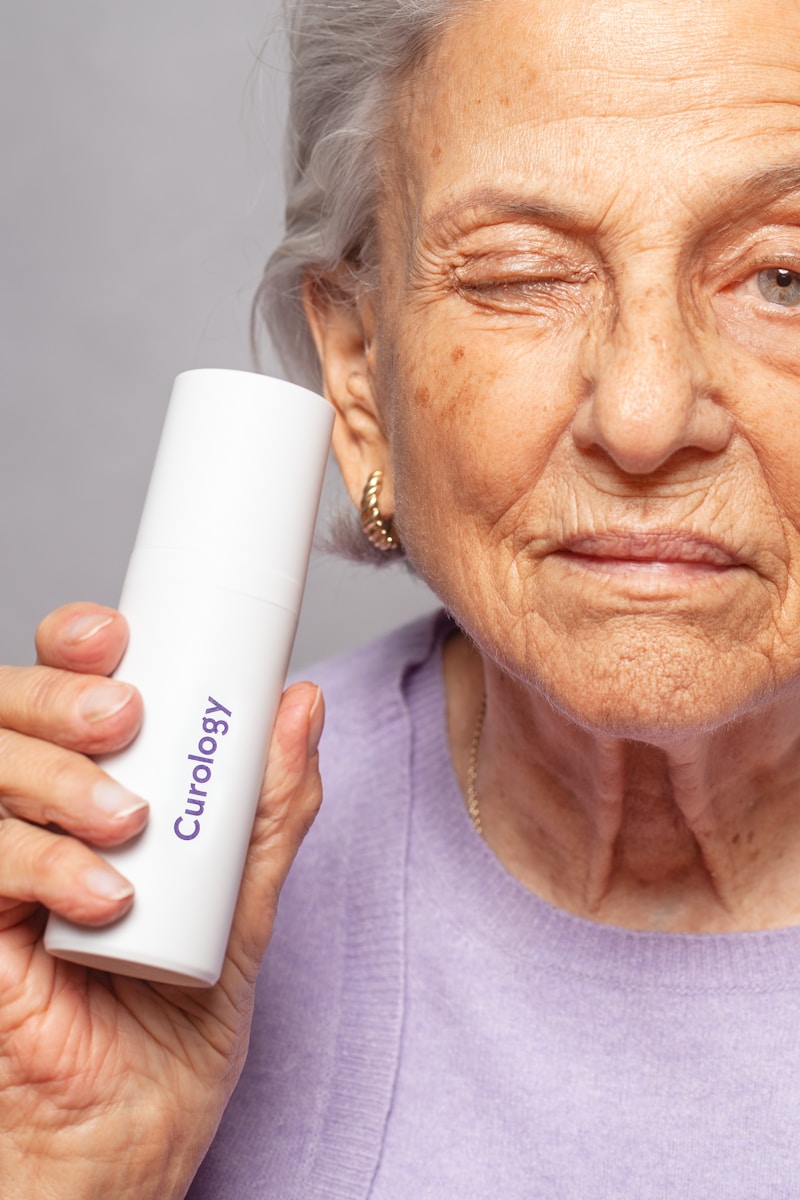

Microneedling is a popular procedure known for its ability to reduce the appearance of scars, spots, and fine lines. This treatment, typically performed by professionals, can also be conducted at home for a fraction of the cost. However, it’s crucial to understand the process, potential benefits, and risks before embarking on your at-home microneedling journey.

The Science Behind Microneedling
Microneedling, sometimes referred to as collagen induction therapy, involves creating tiny punctures in the skin using a device equipped with small needles. This process stimulates collagen production, which can enhance skin’s texture and appearance over time.
Despite the intimidating process, microneedling has gained popularity due to its potential benefits, including:
- Fading acne scars and discoloration
- Reducing wrinkles and stretch marks
- Rejuvenating skin texture and complexion
- Enhancing the absorption of skincare products
- Increasing skin thickness
Choosing the Right Microneedling Device
When starting your at-home microneedling journey, the first step is choosing the right device. Microneedling devices, often referred to as derma rollers, come in different lengths. For at-home treatments, it’s recommended to start with shorter needles (less than .15 mm).
Here are some popular at-home microneedling devices that you may want to consider:
- Stacked Skincare Collagen Boosting Micro-Roller
- Healthy Care Derma Roller
- Linduray Skincare Derma Roller for Face and Body
- Beautlife 6 in 1 Microneedle Derma Roller
- Lolysenta Derma Roller
At-Home Microneedling vs. Professional Treatments
While at-home microneedling is more affordable, professional treatments can yield faster and more substantial results. Professionals use longer and sharper medical-grade needles, which can penetrate deeper into the skin.
However, patience is key with microneedling, and consistent at-home treatments over a span of several months can still yield noticeable improvements.
How to Microneedle at Home: A Step-by-Step Guide
Safety should be your top priority when conducting at-home microneedling treatments. Here’s a step-by-step guide to help you get started:
- Disinfect Your Derma Roller: Soak your derma roller in 70 percent isopropyl alcohol for about 5 to 10 minutes before you begin.
- Cleanse Your Face: Use a gentle pH-balanced cleanser to clean your skin. Repeat this step and then wipe your face with the isopropyl alcohol.
- Start Rolling: Divide your face into four sections (upper left, upper right, lower left, lower right) and gently roll over one area in one direction two to three times. Be sure to avoid the eye area.
- Rinse Your Face: Rinse your face with clean water and pat it dry.
- Sanitize Your Derma Roller: Clean your derma roller with dishwasher soap, soak it in isopropyl alcohol again, and then store it in its case.
Recommended Serums for Post-Microneedling
After microneedling, your skin can better absorb skincare products. However, you should be cautious about the products you use post-treatment. Here are some ingredients to look for in your serums:
- Vitamin C: Known for its brightening and collagen-boosting properties.
- Hyaluronic Acid: Helps to hydrate and plump the skin.
- Peptides: Specifically, copper peptides can boost collagen production.
- Growth Factors: Proteins that promote cell and tissue growth.
How Often Should You Microneedle?
The frequency of your treatments will depend on the length of your derma roller’s needles and your skin’s sensitivity. If your needles are shorter, you may be able to roll every other day. If the needles are longer, you may need to space out treatments every three to four weeks.
Is Microneedling Painful?
Microneedling can cause discomfort, especially when using longer needles. However, the pain is often described as minimal and manageable.
Can Microneedling Lead to Infection?
As with any procedure that involves puncturing the skin, there’s a risk of infection. To minimize this risk, always clean your skin and derma roller before and after each session, and don’t apply harsh or irritating products post-treatment.
Who Should Avoid Microneedling?
Microneedling is not suitable for everyone. People with rosacea, active acne, or very thin and sensitive skin should avoid microneedling. If you’re unsure whether microneedling is right for you, consult with a dermatologist.
The Commitment to Microneedling
At-home microneedling requires commitment. Results are not immediate and require consistent treatments over several months. However, with patience and proper technique, at-home microneedling can be a cost-effective way to improve your skin’s appearance.
